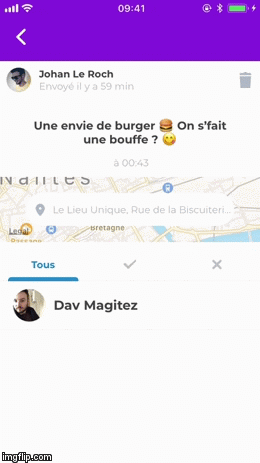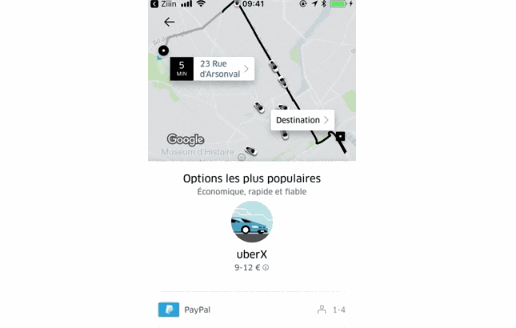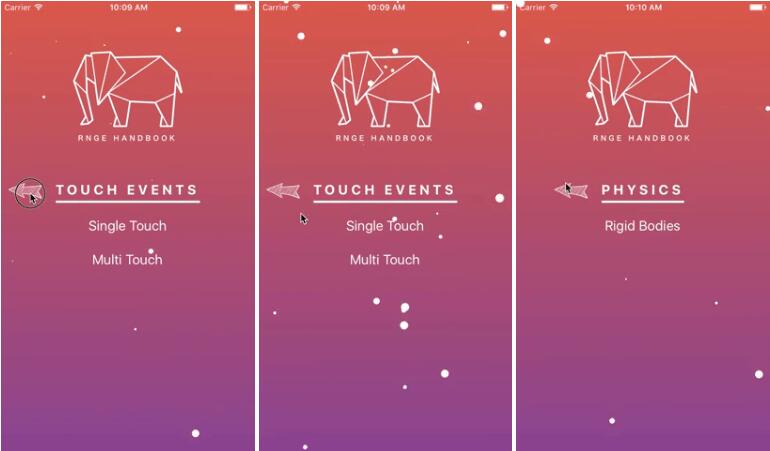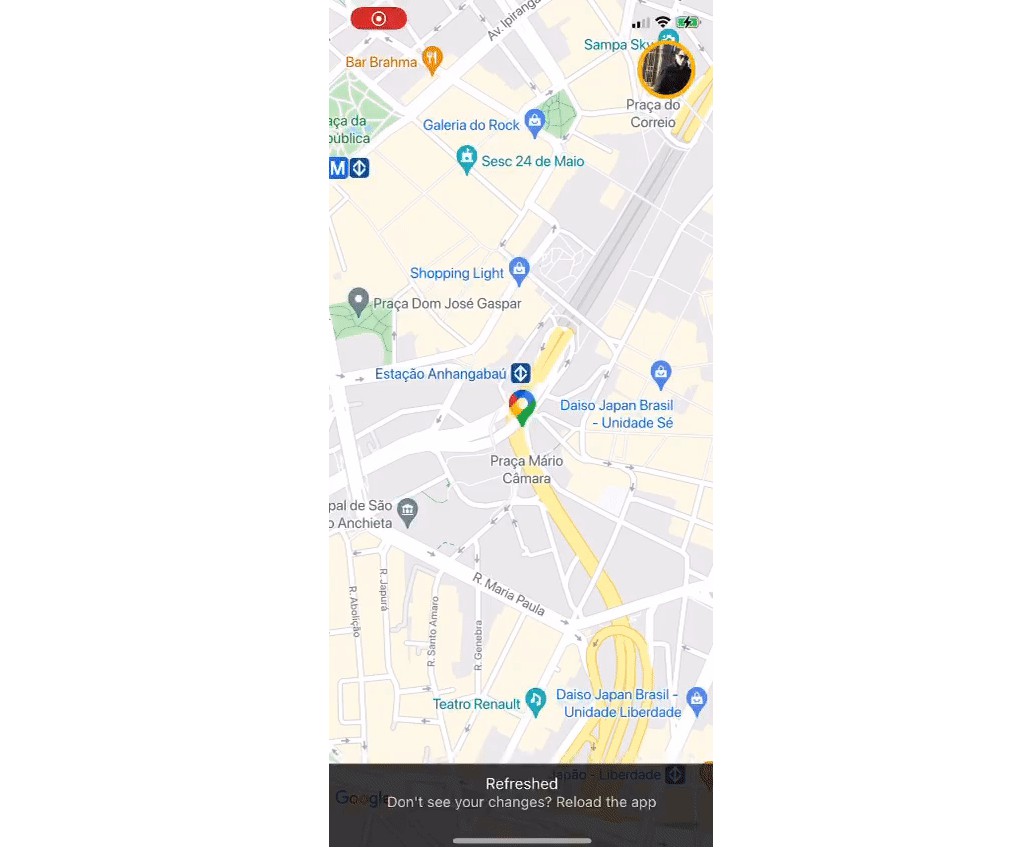React Native Map Link
An easy way to open a location in a map app of the user's choice, based on the apps they have installed on their device.
Currently supported apps:
- Apple Maps –
apple-maps - Google Maps –
google-maps - Citymapper –
citymapper - Uber –
uber - Lyft –
lyft - The Transit App –
transit - Waze –
waze - Yandex.Navi –
yandex - Moovit -
moovit
Installation
npm i -S react-native-map-link # or yarn add react-native-map-link
A note about iOS 9+
As of iOS 9, your app needs to provide the LSApplicationQueriesSchemes key inside
Info.plist to specify the URL schemes with which the app can interact.
Just put this in your Info.plist depending on which apps you'd like to support.
Omitting these might mean that the library can't detect some of the maps apps installed by the user.
<key>LSApplicationQueriesSchemes</key>
<array>
<string>comgooglemaps</string>
<string>citymapper</string>
<string>uber</string>
<string>lyft</string>
<string>transit</string>
<string>waze</string>
<string>yandexnavi</string>
<string>moovit</string>
</array>
Basic usage
Using the showLocation function will shown an action sheet on iOS and an alert on Android, without any custom styling:
import { showLocation } from 'react-native-map-link'
showLocation({
latitude: 38.8976763,
longitude: -77.0387185,
sourceLatitude: -8.0870631, // optionally specify starting location for directions
sourceLongitude: -34.8941619, // not optional if sourceLatitude is specified
title: 'The White House', // optional
googleForceLatLon: false, // optionally force GoogleMaps to use the latlon for the query instead of the title
googlePlaceId: 'ChIJGVtI4by3t4kRr51d_Qm_x58', // optionally specify the google-place-id
dialogTitle: 'This is the dialog Title', // optional (default: 'Open in Maps')
dialogMessage: 'This is the amazing dialog Message', // optional (default: 'What app would you like to use?')
cancelText: 'This is the cancel button text', // optional (default: 'Cancel')
// app: 'uber' // optionally specify specific app to use
})
Notes:
- The
sourceLatitude/sourceLongitudeoptions only work if you specify both. Currently supports all apps except Waze.
Alternative usage: styled popup
Alternatively, it is possible to use a styled popup that displays icons in the app list:

To use the library in that way, you can import the Popup component:
import { Popup } from 'react-native-map-link';
<Popup
isVisible={this.state.isVisible}
onCancelPressed={() => this.setState({ isVisible: false })}
onAppPressed={() => this.setState({ isVisible: false })}
onBackButtonPressed={() => this.setState({ isVisible: false })}
modalProps={{ // you can put all react-native-modal props inside.
animationIn: 'slideInUp'
}}
options={{ /* See `showLocation` method above, this accepts the same options. */ }}
style={{ /* Optional: you can override default style by passing your values. */ }}
/>
The Popup component uses react-native-modal. So you can pass all react-native-modal properties inside "modalProps" to modify styling and animations.
Also, you can customize the styling of the popup by passing an object like this in the style prop of the Popup component:
{
container: {},
itemContainer: {},
image: {},
itemText: {},
headerContainer: {},
titleText: {},
subtitleText: {},
cancelButtonContainer: {},
cancelButtonText: {},
separatorStyle: {},
activityIndicatorContainer: {}
}




